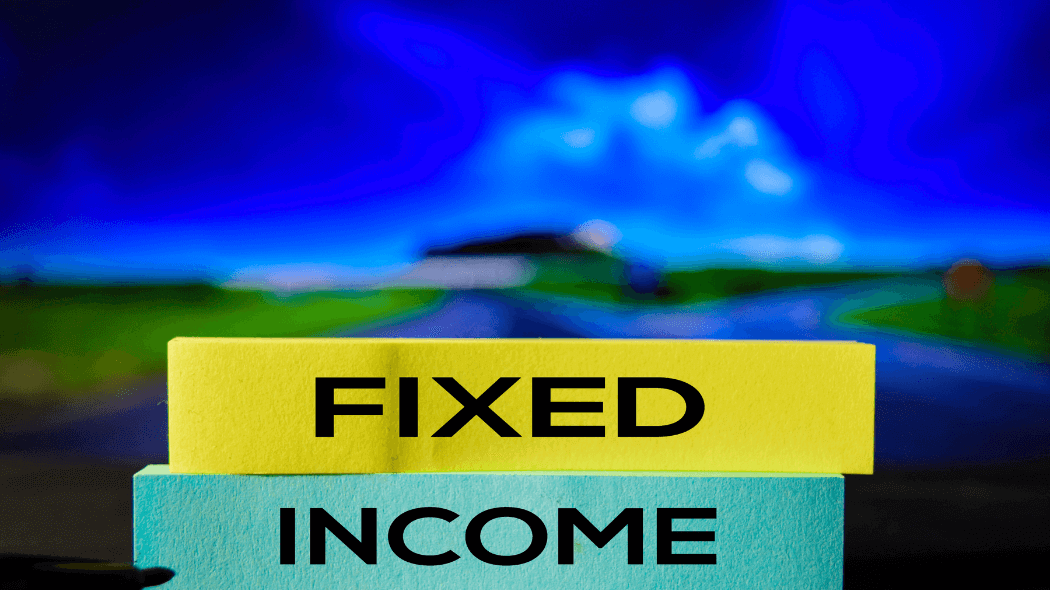Multi Asset Funds aka Asset Allocation Funds are a combination of more than one asset class. These hybrid funds distribute your assets among equity, bonds, and gold.
Investing money in multi asset funds gives you a readymade portfolio with multiple investment avenues. The combination of equity, debt, and gold is more popular in India. However, you might come across funds exploring international stocks or real estate.
These funds are the perfect gateway to achieving a diverse and balanced portfolio. Let’s shed more light on multi asset funds.
How Multi Asset Funds Work?
Once you invest in these funds (either via SIP or lumpsum), fund houses distribute your money among different instruments. As said earlier, the most common investment avenues in these funds are equity, debt (bonds), and gold. With their expertise and strategy, fund managers allocate the funds among these asset classes.
As per SEBI guidelines, fund houses must invest at least 10% of the total invested amount in each asset class. Though these funds are often equity-heavy. Meaning, you will come across multi asset funds that invest 65% in equity and the remaining in debt and gold.
The ultimate goal is to diversify the portfolio by balancing the risk and returns.
Top 4 Advantages of Multi Asset Funds
1. Multiple Asset Classes
The performance of each asset class varies with economic changes. Equity performance depends on the market performance amid economic, political, and geological changes.
Debt funds or bonds perform differently with the interest rate cycle. While short-term bonds perform well with rising interest rates, long-term bonds are good for falling interest rate scenarios.
Gold is for rainy days. It helps maintain a negative correlation to other asset classes during economic slowdowns or currency devaluation caused by inflation.
As an investor, it is difficult to keep track of all these things. Instead, you can invest in multi asset funds once and benefit from various investment avenues.
2. Portfolio Rebalancing and Diversification
Diverse investment is the key to a balanced and sustainable portfolio. The market keeps changing and your investments should balance the returns and risk. How does your portfolio look right now? Take a complimentary portfolio analysis with us. You’ll have a detailed understanding of where your portfolio needs rebalancing.
Equity-heavy portfolios should be balanced with debt funds, gold ETFs, and other money market instruments. Asset Allocation is easy with multi asset funds. You invest in a single fund that takes care of the distribution for you.
3. Readymade Portfolio
These funds are suitable for beginners or fairly new investors looking to create a portfolio. Instead of manually investing in various asset classes, you can begin with multi asset funds. It’s an easy start. You can surely explore investment avenues other than these funds later on.
4. Less Volatile Compared to Pure Equity Funds
Debt and Gold allocation balance the equity exposure in multi asset funds. These funds are comparatively less volatile than pure equity funds. First-time investors can start their investment journey with these funds.
Things to Consider Before Investing In Multi Asset Funds
1. Exposure to Asset Classes
As per SEBI guidelines, multi asset funds should at least have three asset classes each with a 10% allocation. As 10% is a bare minimum threshold, fund managers may or may not balance the funds. There is a possibility of a fund having more exposure to only one asset class. It is crucial to read the scheme carefully to understand the exposure to the asset classes.
2. Individual Portfolio Diversification
Multi asset funds can be one of the ways to amplify diversification in your portfolio. But it shouldn’t be the only way. Each investor has a different risk appetite and wealth goals. A single scheme will not entirely align with your goals.
Apart from multi asset funds, explore other equity and debt mutual fund schemes. Talk to our advisors to plan long-term financial goals.
3. Fund Managers
Fund managers’ experience and strategy play an important role in these funds. They analyze the market before distributing assets to achieve superior returns. Please note that there’s no single asset allocation strategy with these funds. It all depends on what the fund manager thinks will work.
We’d recommend checking the fund manager’s performance, the fund’s rolling returns, and overall scheme documentation before making a purchase.
Tax Implications
The taxation on capital gains usually depends upon the duration. Short-term gains and long-term gains have different tax rules for both equity and debt funds.
However, if the equity exposure is at least 65%, you will benefit from equity taxation rules. Short-term capital gains are taxed at 20%. Whereas, you will have to pay only 12.5% tax on long-term gains above 1.25 lakhs.
Note- Fund houses include the taxation details in the scheme documentation and also on their website. Don’t forget to understand taxation before investing.
Who Should Invest in Multi Asset Funds
Multi asset funds are for everyone. The primary benefit of these funds is to balance your portfolio in any way possible. You get three asset classes in a single fund. And you get to enjoy equity taxation benefits when the exposure to equity is 65% or more.
Please note that- with more exposure to equity, the risk factor is high. Consider investing for a longer duration to earn superior returns despite the market risks.
Conclusion
Multi asset funds are popular among investors because of their diverse nature. It saves a lot of time by providing multiple assets under a single investment. These funds can be your gateway into a balanced portfolio. However, every investor has a different risk appetite and these funds do not offer personalized portfolios.
Advisors at VNN Wealth can help you understand how these funds stand on YOUR portfolio. Reach out to us to plan your next investment.














